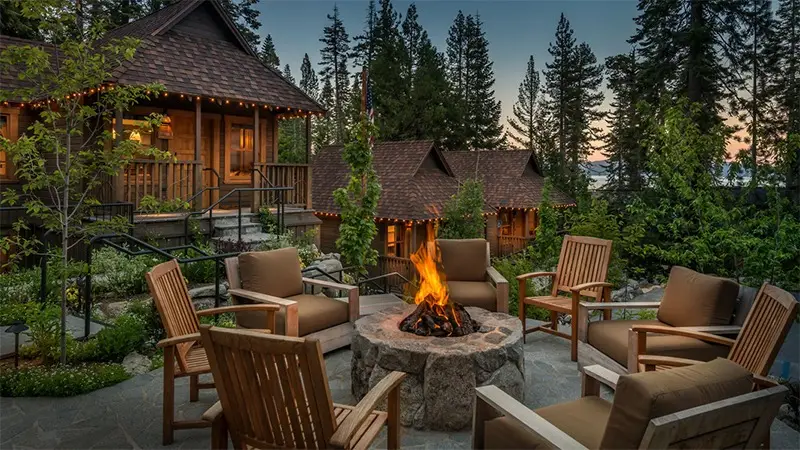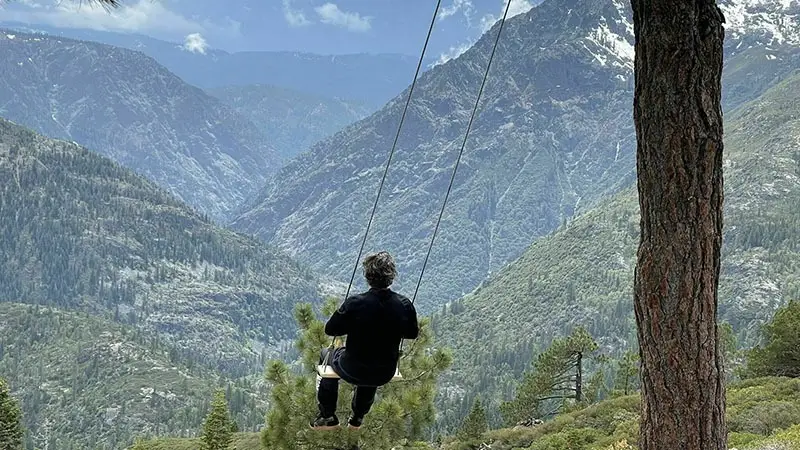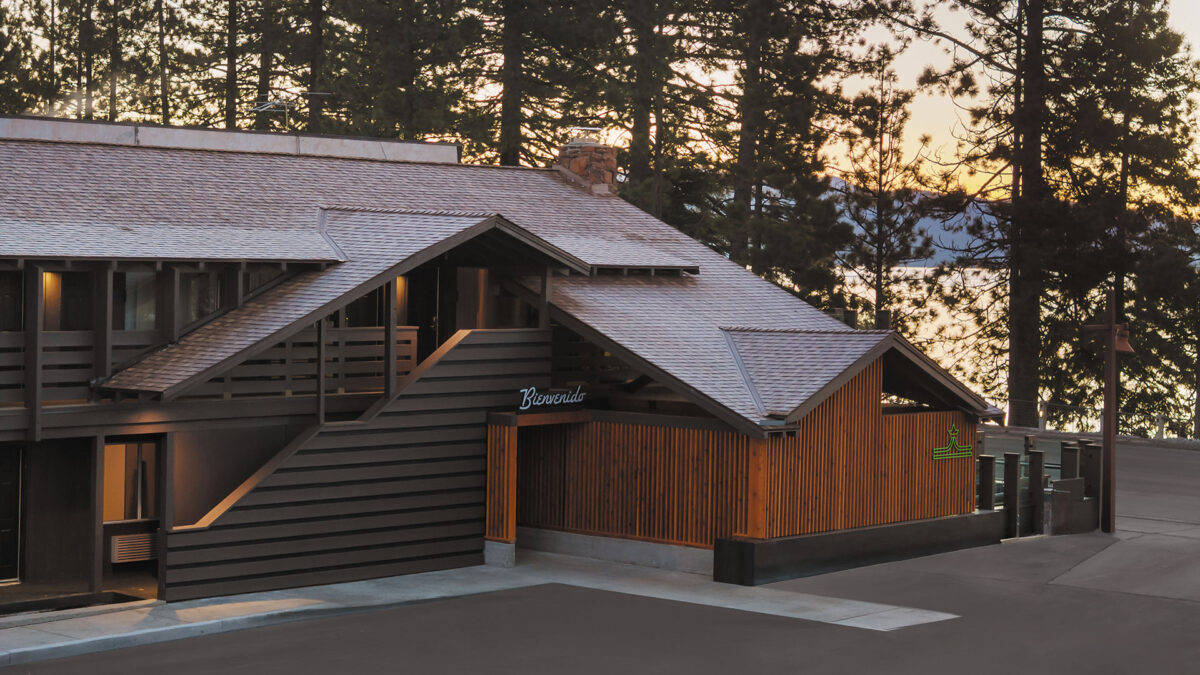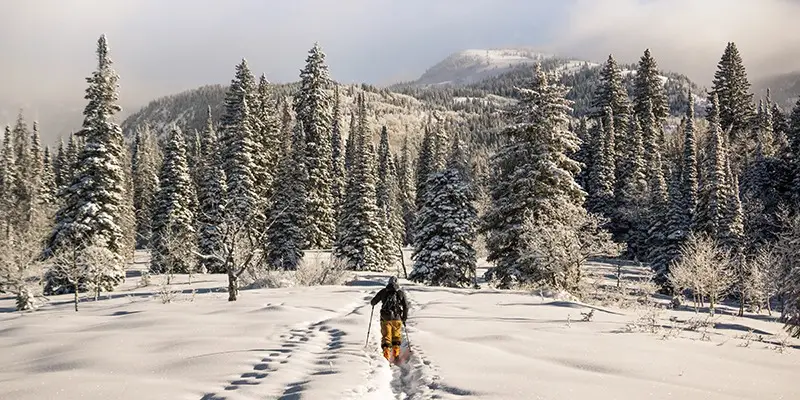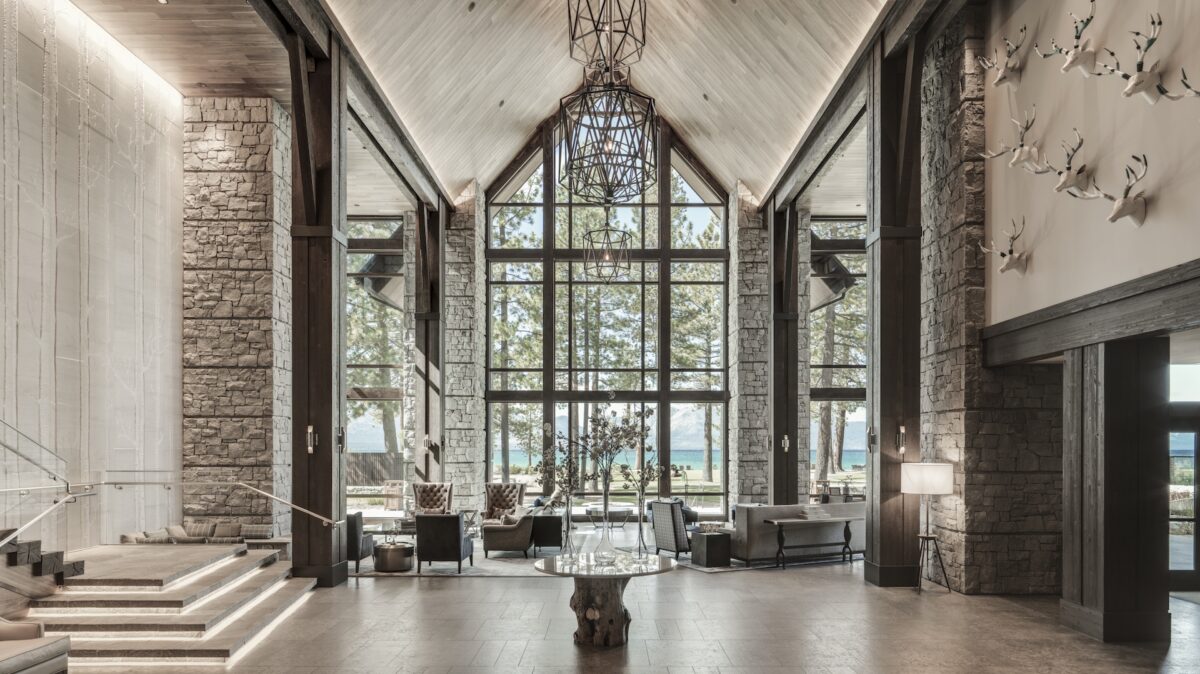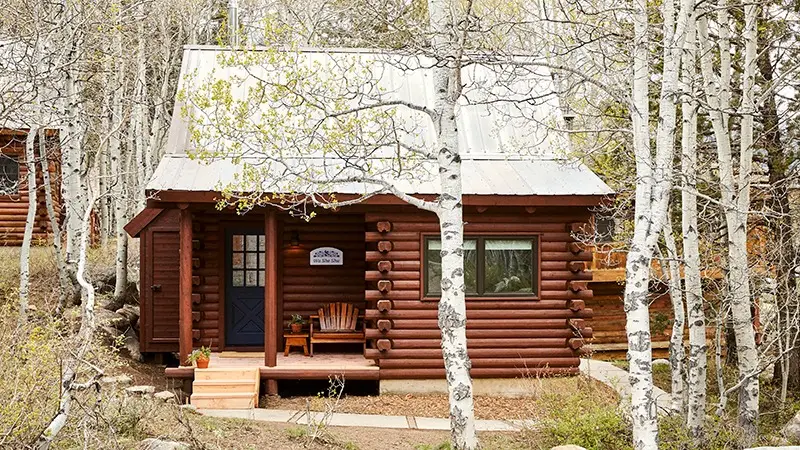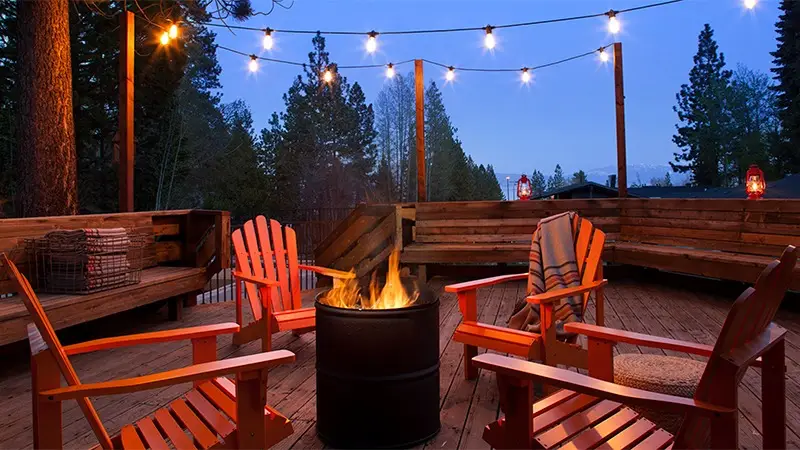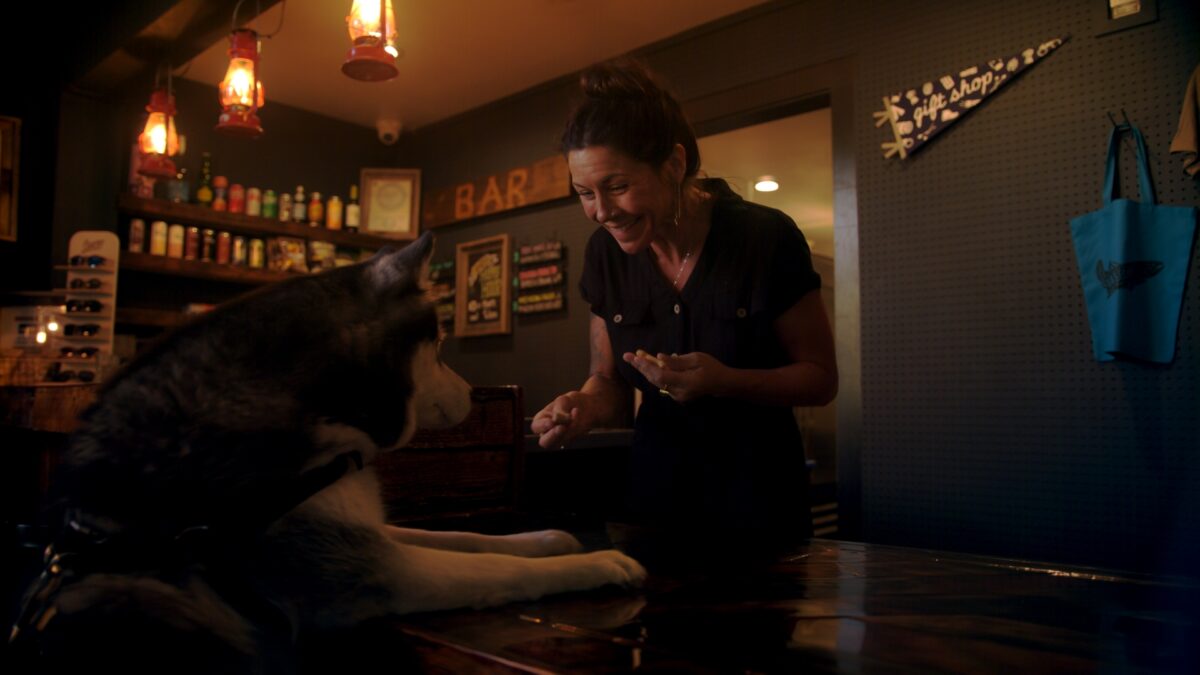Lake Tahoe
Travel Lake Tahoe Like a Local
Everything you need to know about visiting Tahoe, curated by local experts
- Gambling is legal on the Nevada side of Lake Tahoe.
- Lake Tahoe is deep enough to cover the Empire State Building.
- The water is almost as pure as drinking water.
About 200 miles northeast of San Francisco is Lake Tahoe, North America’s largest alpine lake with cool, cobalt-blue water.
This 22-mile long, 12-mile wide area is surrounded by 16 small communities, acting as a magnet for visitors and locals for a winter wonderland and a year-round playground.
There are 15 ski and snowboarding areas with nearly 150 lifts in California and Nevada resorts, with altitudes between 5,000 and 10,000 feet. The largest is Squaw Valley, the 1960 Winter Olympics host, soon to be linked to Alpine Meadows with a gondola system. Heavenly Valley is the highest, straddling both states. Lift tickets are costly, but treat skiers to views of snow-capped mountains and the deep blue lake. Prices range from $40 to over $200 per day, with substantial discounts when buying online.
There’s plenty to do, around or in the lake. With 71 miles of shoreline, hiking and biking trails abound. Sunset dinner cruises and trips to the gorgeous Emerald Bay are available via the M.S. Dixie paddlewheel boat. You can rent motor boats, fishing boats, jet skis, kayaks, even the Tahoe Bleu Wave luxury yacht. If you’re altitude-certified, you can even go SCUBA diving, but bring your dry suit — this lake’s fed by snow melt.
You have a wide choice of accommodations and restaurants. At South Lake Tahoe on the Nevada side, you can stay at Harrah’s, Harvey’s, Montbleu, or the Hard Rock Hotel and Casino Lake Tahoe, with vast dining and entertainment choices. Small hotels dot the area, especially at King’s Beach, while the Ritz-Carlton, Lake Tahoe at Northstar offers ski-in, ski-out rooms.
The Washoe Native Americans first lived in this high-altitude alpine area. More than half of the ill-fated Donner Party perished in an 1846 blizzard. The discovery of gold near Sacramento in 1848 was a pivotal moment for all of Northern California, bringing tens of thousands of “49ers” west, followed by the Comstock Lode silver deposit in 1848 in Virginia City, 15 miles away, then a booming lumber industry. Today, Tahoe is a thriving area with nearly twice as many summer residents (about 100,000) as winter (50,000).


